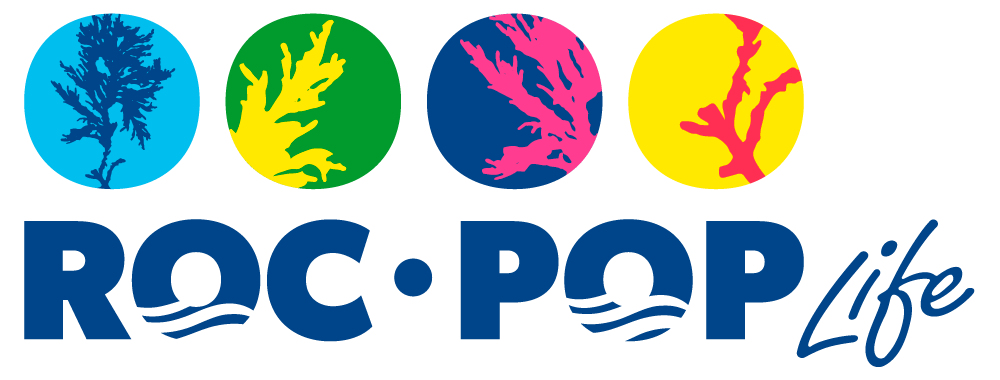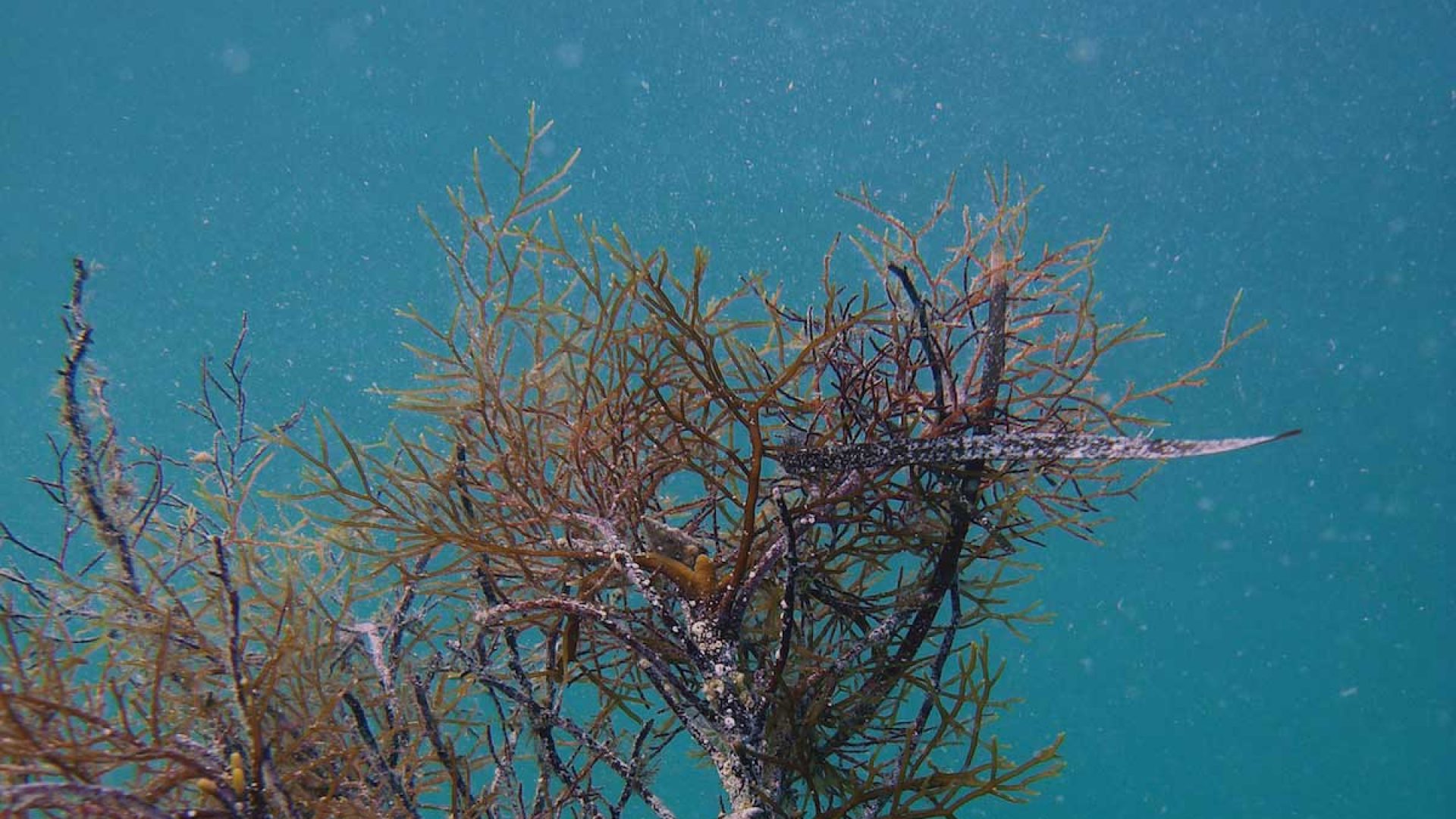The ROCPOPLife project: an update on the activities of the first year
The first year of the ROCPOPLife project has been fruitful, despite climate changes have severely hampered our efforts. The protocol for the ex situ cultivation of Cystoseira amentacea var. stricta has been produced, and, in the Cinque Terre Marine Protected Area (MPA), the first ex situ outplanting of this important habitat forming species has been implemented.
The protocol has been developed with the aim of reducing the time needed for laboratory culture, thus avoiding prolonged maintenance and minimizing costs, and has been published on PlosONE (https://doi.org/10.1371/journal.pone.0193011).
As for the effective restoration activities, we have started the first cultivation of C. amentacea in mid-June 2018 at the University of Trieste (UNITS) facilities, with 1500 fertile apical fronds collected in the Portofino MPA by the University of Genova (UNIGE). C. amentacea has been cultured for 4 weeks on 400 tiles, monitored daily and photographed every 7 days. At the end of the four weeks, the tiles have been transported to Cinque Terre MPA, and screwed to the rocks. Overall, the deployment of the 400 tiles has been performed in approximately 5 h. Monitoring of the clay tiles has started on the same day and continued over the following 2 months.
The results have shown that, thanks to the implemented culture settings, in only 3 weeks of culturing the juveniles have gained larger sizes than those obtained in previous Cystoseira restoration studies. Furthermore, the length recorded 1 month after outplanting has resulted similar or even slightly larger than that recorded in a previous study on C. amentacea.
Unfortunately, at the end of October 2018 an unprecedented storm surge has affected the Ligurian Sea, causing great destruction along the entire Ligurian coastline, with estimated damages of hundreds of millions of euros. This storm has caused the destruction of entire harbours and ships in marinas, particularly along the Eastern side of the Ligurian coast. Huge damage has been reported among the shallow benthic communities, particularly the Posidonia meadows. A monitoring at our outplant has revealed that most of the tiles had been detached by this extraordinary event, so that it has not been possible to quantitatively assess the performance of our restoration intervention in terms of percent cover, but only in terms of juvenile growth (length) on the 16 tiles with C. amentacea juveniles of the approximatively 69 remaining tiles.
At UNITS, it has not been possible to undertake the planned culture of C. barbata and C. crinita, as the species have not been found fertile in the Adriatic Sea, most probably because of the recurring episodes of exceptional warming in the cold season in the Northern Adriatic Sea during the last years. Therefore, UNITS has collaborated also to the second culturing/implantation event of C. amentacea started in August 2018. A set of 1200 apices has been collected by UNIGE in the Portofino MPA and the half of apices have been shipped to UNITS. However, these cultures have been stopped after one week, due to the low quantity of fertilized eggs released, which cannot ensure an adequate restoration performance. In fact, the reproductive cycles of Cystoseira this year have showed an anomalous pattern with no fertile or very short reproductive period length in several areas of the Adriatic (i.e. Italy, Slovenia, Croatia).
Despite the several hindrances to the planned restoration activities, the experience gained in this first year of the ROCPOPLife project has shown that outplanting midlittoral canopy-forming species is a feasible approach for restoration efforts. The feasibility of large distance transport from the laboratory to the field has been remarkably shown, providing a potential option for replication also on a large scale. The applied screw attachment technique has been found effective in terms of increasing the efficiency of tile deployment and resistance to dislodgement, particularly in the early stages of restoration, when the traditional epoxy putty technique may be strongly affected by wave action, which is particularly relevant for midlittoral species.
Our results, published on PeerJ (https://doi.org/10.7717/peerj.7290), are strongly encouraging for the implementation of restoration actions of canopy-forming species on a large scale, in light of EU guidelines.

